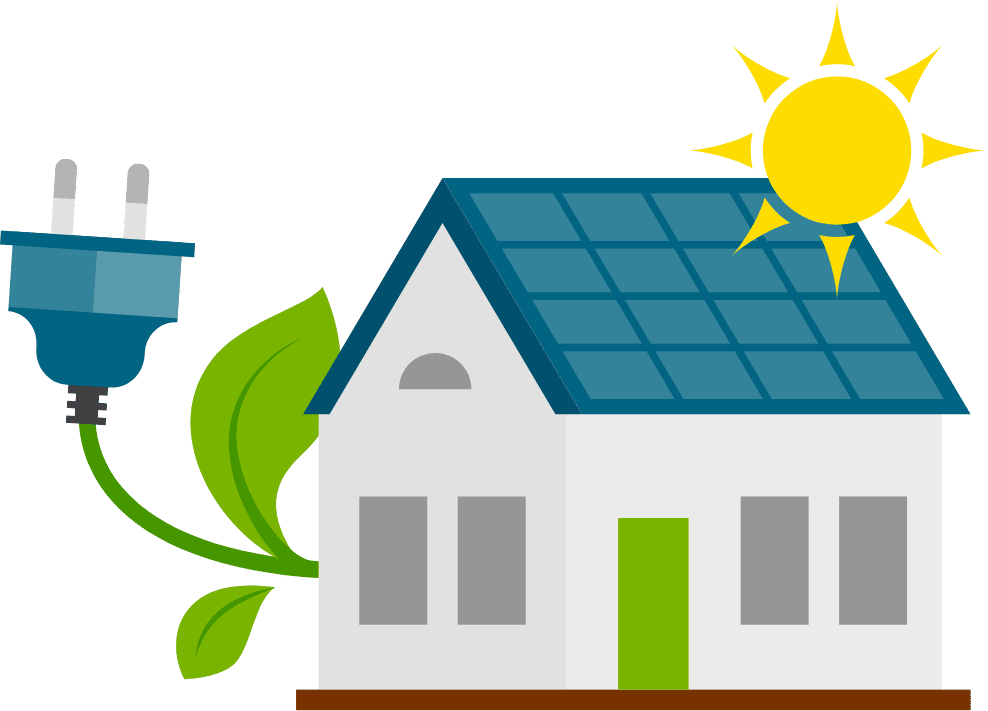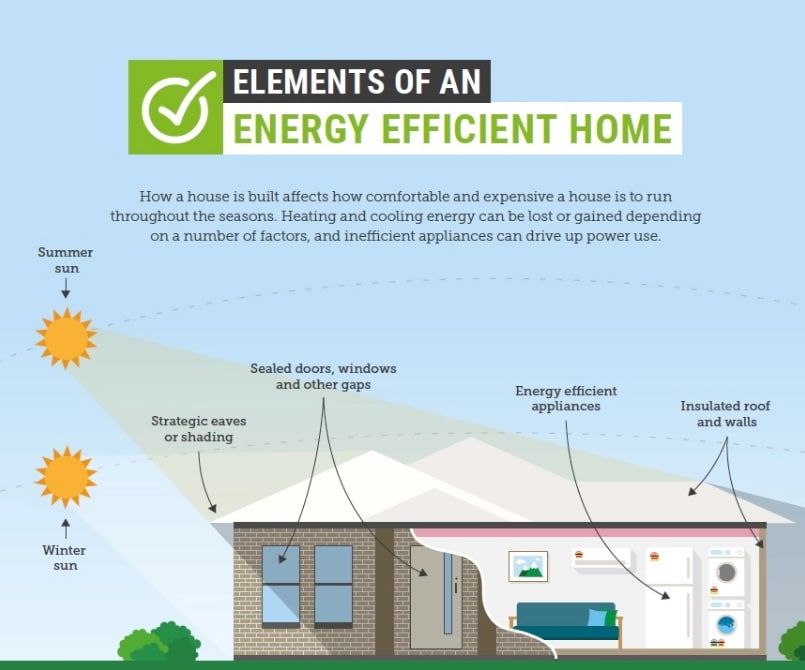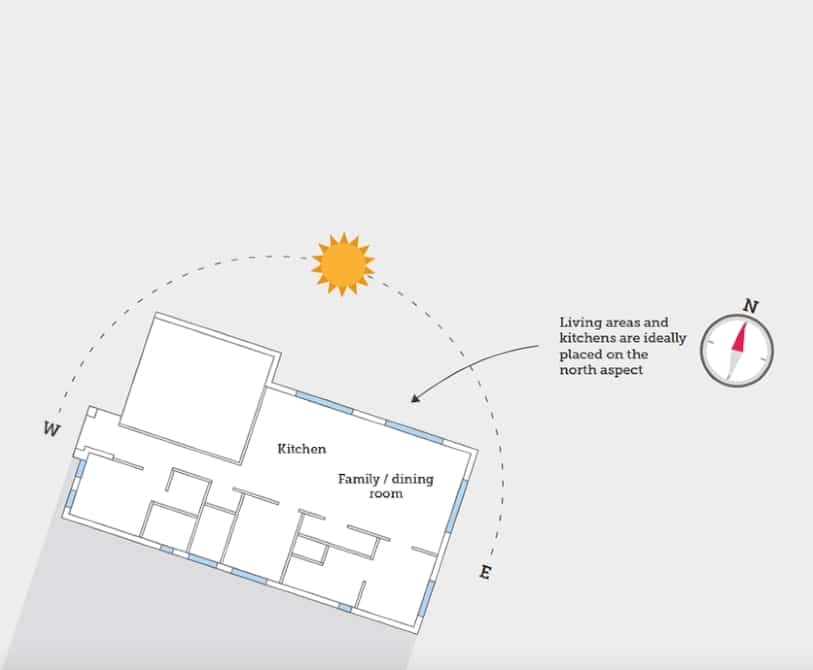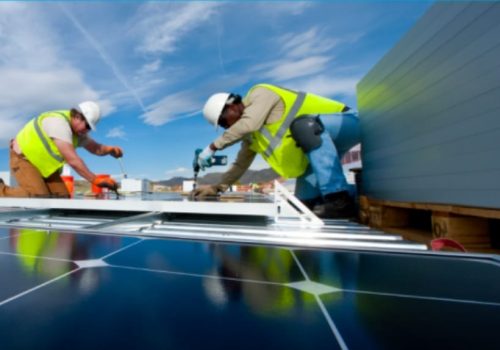
Net zero buildings
Make new buildings net zero, and
electrify established ones
Did you know that Australian buildings account for around 20% of our emissions?
Traditionally, Australia has had incredibly poor energy efficiency standards, meaning that many Australians live in homes that are little better than glorified tents: freezing in winter and stifling in summer.


What needs to happen by 2030?
We need to electrify our buildings, which means making sure everything is running off electricity rather than fossil fuels like gas. We need to design homes that are better at staying cold in summer and warm in winter. And we need to use energy-efficient appliances and household solar.
What are the benefits?
Better for the climate: Energy efficiency opportunities could cut the average energy consumption of buildings by more than one quarter by 2030 and more than half by 2050 at little to no additional cost
Better for our health and comfort: No one likes sweating through summer or freezing through winter. This would mean our homes are more comfortable to live in. Plus, poorly-insulated homes result in us getting sick more often. Improving this would be a major win for our health
Better for our hip pocket: Using less energy also reduces energy bills
Case Study


